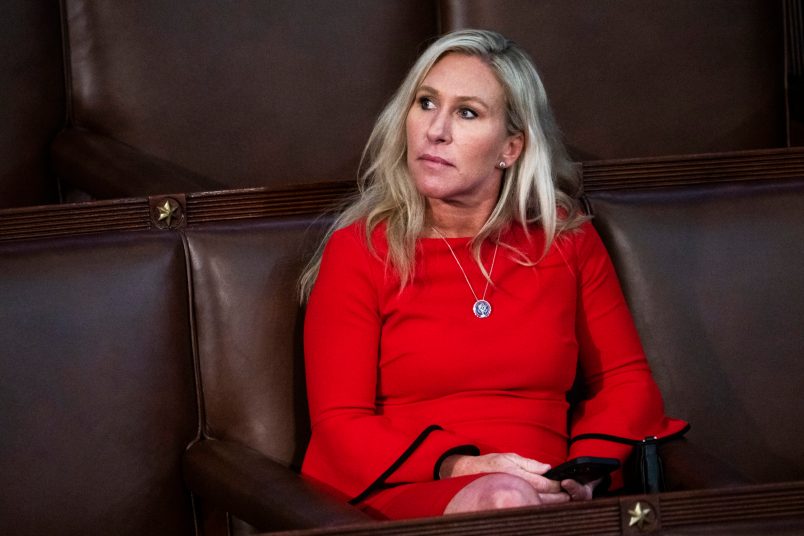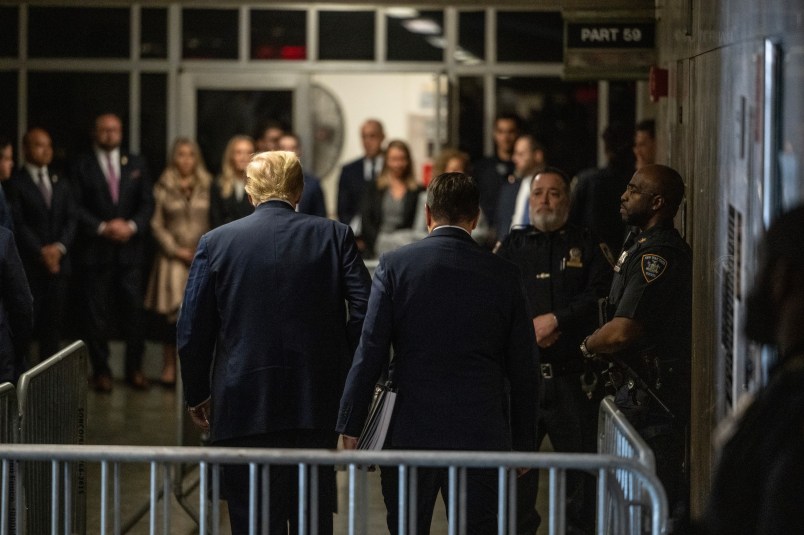Russia experts are wondering what Vladimir Putin is up to. We are witnessing one of the recurrent build-ups of Russian military forces on the Ukraine border. For a variety of reasons experts on the region believe this may be building to a new full-scale military engagement. Putin also seems at least passively involved in the engineered refugee crisis on the border between Belarus and Poland. Josh Kovensky surveyed these developments here on Friday. Meanwhile we’ve seen a new round of saber-rattling over Taiwan, with aggressive military exercises from the mainland and deepening expressions of support from the US. All of which is to say that while we in the US see a deepening wave of crises in the US, this is matched by an increasingly tense and dangerous climate abroad. Both of these tension points – Ukraine and Taiwan – hold the possibility of direct military confrontations with nuclear powers Russia and China. And that’s not great.
Each potential flash point has a long history of its own stretching back decades of even centuries. But I raise them here to make a different point. Historic, global crises like the COVID Pandemic put all governments under pressure and threat. Paradoxically, because we imagine that crises drive collaboration, they create a mounting zero-sum environment. Governments are under pressure and threat so they are more resistant to compromise and collaboration abroad while also driven to more confrontational or autarchic policies by events at home. Governments under pressure at home will often lash out at foreign opponents or at least use them as focal points around which to build national unity.
These are general points. But I raise them because it’s important to see the expanding list of international crises and standoffs as at least intensified by if not driven by the pressures of the COVID Pandemic.
There are two other factors which foreign policy analysts point to. And let me say here I’m not certain how much to credit the idea that these are informing or driving more confrontational attitudes from China, Russia and other powers. First, is the withdrawal from Afghanistan which, we are told, other countries view as a US retreat and evidence of US decline. The other is what appears to be the US’s increasing ungovernability, what appears to be a country beset by internal divisions that hobble its ability to address problems at home or abroad. In short, foreign rivals see the US as distracted, divided and in decline.
It’s hard to know how much to credit these theories. In some case, these diagnoses are manifestly true. But are they really driving the actions of rival powers? It’s possible. I’m genuinely agnostic on this point. But there is a long history of countries focusing on their own weaknesses and internal critiques and projecting them on to rivals. They believe their own weakness is emboldening other countries even when subsequent history shows that to have been a form of myopia or progression.
For now, let’s focus on the fact that stresses on governments across the globe and efforts to reassemble what’s been broken or knocked off kilter (supply chains, economies, etc.) by the COVID Pandemic is driving a more volatile, dangerous and confrontational climate between states. If we think there are lots of problems at home, the situation beyond our borders is no better and no less dangerous.







